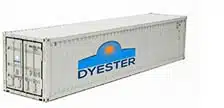Sustainable Living Trends Revolutionizing Freight Container Homes for Eco Friendly Housing Solutions
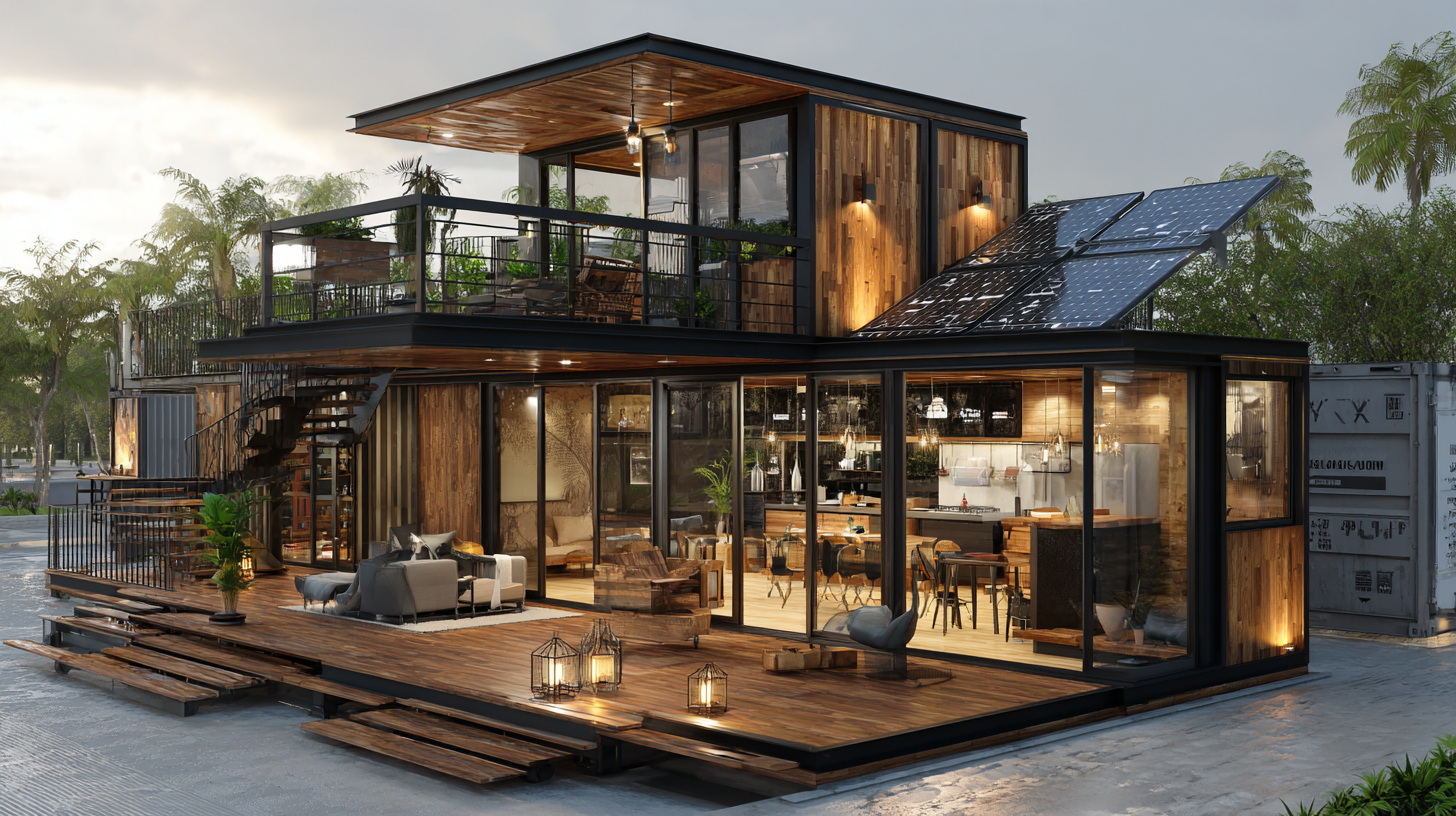 As the world grapples with the pressing challenges of climate change and urbanization, innovative housing solutions are emerging to address sustainability concerns. Among these, freight container homes have gained significant traction as a viable alternative to traditional building methods. According to a report by the International Institute for Environment and Development, the construction industry is responsible for approximately 39% of global carbon emissions, highlighting the urgent need for eco-friendly housing solutions. Freight container homes, repurposed from decommissioned shipping containers, offer a unique response by utilizing materials that would otherwise contribute to landfill waste, thereby promoting circular economy principles.
As the world grapples with the pressing challenges of climate change and urbanization, innovative housing solutions are emerging to address sustainability concerns. Among these, freight container homes have gained significant traction as a viable alternative to traditional building methods. According to a report by the International Institute for Environment and Development, the construction industry is responsible for approximately 39% of global carbon emissions, highlighting the urgent need for eco-friendly housing solutions. Freight container homes, repurposed from decommissioned shipping containers, offer a unique response by utilizing materials that would otherwise contribute to landfill waste, thereby promoting circular economy principles.
The advantages of freight container homes extend beyond sustainability; they are also known for their affordability and rapid construction timelines. A study by the National Association of Home Builders indicates that these structures can be built at a fraction of the cost of traditional homes while reducing construction time by up to 50%. Furthermore, their modular nature allows for flexible design choices that can accommodate various lifestyles, reflecting the evolving needs of modern society. As we delve into the transformative trends shaping eco-friendly housing solutions, it becomes clear that freight container homes are paving the way for a more sustainable and accessible future in residential construction.
Emerging Concepts in Sustainable Freight Container Housing
The concept of sustainable living is gaining momentum, particularly in the realm of freight container homes. According to a report by the World Economic Forum, the construction industry accounts for approximately 37% of carbon emissions worldwide, highlighting the need for innovative housing solutions. Emerging concepts in sustainable freight container housing not only address ecological concerns but also redefine affordability and design flexibility. By repurposing used shipping containers, builders can significantly reduce waste while utilizing materials that are inherently durable and resilient against adverse weather.
Recent studies indicate that container homes can be constructed at a cost that is 30-50% lower than traditional homes, making them an attractive option for eco-conscious consumers and developers alike. Furthermore, the integration of green technologies, such as solar panels and rainwater harvesting systems, enhances the sustainability of these homes.
A report by the International Institute for Environment and Development reveals that container housing can be energy-efficient, with some designs reducing energy consumption by up to 70%. As more people seek eco-friendly living solutions, these innovative housing concepts are set to create a transformative impact on urban environments, promoting a shift toward sustainable lifestyles.
Innovative Design Strategies for Eco-Friendly Container Homes
Innovative design strategies are transforming freight container homes into eco-friendly housing solutions that align with sustainable living trends. One popular approach is the integration of green roofs, which not only improve insulation but also promote biodiversity by providing a habitat for local flora and fauna. This strategy minimizes urban heat islands and helps reduce energy consumption, making container homes a more sustainable option in densely populated areas.
Another key design element is the use of reclaimed materials and energy-efficient fixtures. Many architects and designers are opting for recycled materials for interior finishes and furnishings, leading to reduced waste and a smaller carbon footprint. Additionally, incorporating solar panels and rainwater harvesting systems allows these homes to be nearly self-sufficient, emphasizing a harmonious relationship between modern living and environmental stewardship. These innovations clearly demonstrate that container homes can be both stylish and sustainable, offering viable solutions to housing shortages while respecting the planet.
The Environmental Impact of Freight Container Living Solutions
Freight container homes are gaining traction as an eco-friendly housing solution, with significant implications for the environment. These innovative living spaces repurpose industrial containers, reducing waste and promoting sustainability in the construction sector. By utilizing existing materials, we minimize the need for new resources, ultimately cutting down carbon emissions associated with traditional building methods. Moreover, container homes can be designed to include energy-efficient systems, further lessening their ecological footprint.

Tips for creating a sustainable container home include incorporating solar panels to harness renewable energy, utilizing rainwater harvesting systems for water conservation, and choosing eco-friendly insulation materials. Additionally, using locally sourced materials whenever possible not only supports local economies but also reduces transportation emissions.
The environmental impact of freight container living extends beyond individual homes. By promoting this trend, we encourage the recycling of materials on a larger scale, which can transform urban landscapes and reduce the pressure on landfills. As more people consider alternative living arrangements, the potential for creating greener communities will only grow, ultimately contributing to a healthier planet.
Community Development and Social Aspects of Container Housing
The rise of freight container homes is not just about eco-friendly building materials, but also about fostering community development and enhancing social connections. According to a 2022 report by the Container Housing Institute, container homes can significantly reduce housing costs by up to 30% compared to traditional housing methods, making them an attractive option for low-income communities. These homes can be grouped into villages or communities, promoting a sense of belonging and cooperation among residents.
Additionally, container housing often incorporates shared spaces that encourage interaction and community bonding. For instance, many designs include communal gardens or recreational areas, which have been shown to improve mental health and build social ties among residents. A study from the Journal of Urban Planning in 2021 highlighted that neighborhoods with shared spaces see a 20% increase in resident engagement and satisfaction.
**Tips:** When considering container housing for community projects, ensure that designs prioritize communal areas to foster interaction. Incorporating sustainable practices, like rainwater harvesting and solar energy, can not only enhance ecological benefits but also reduce living costs. Finally, engaging local residents in the planning process can ensure that the housing meets their needs and strengthens community ties.
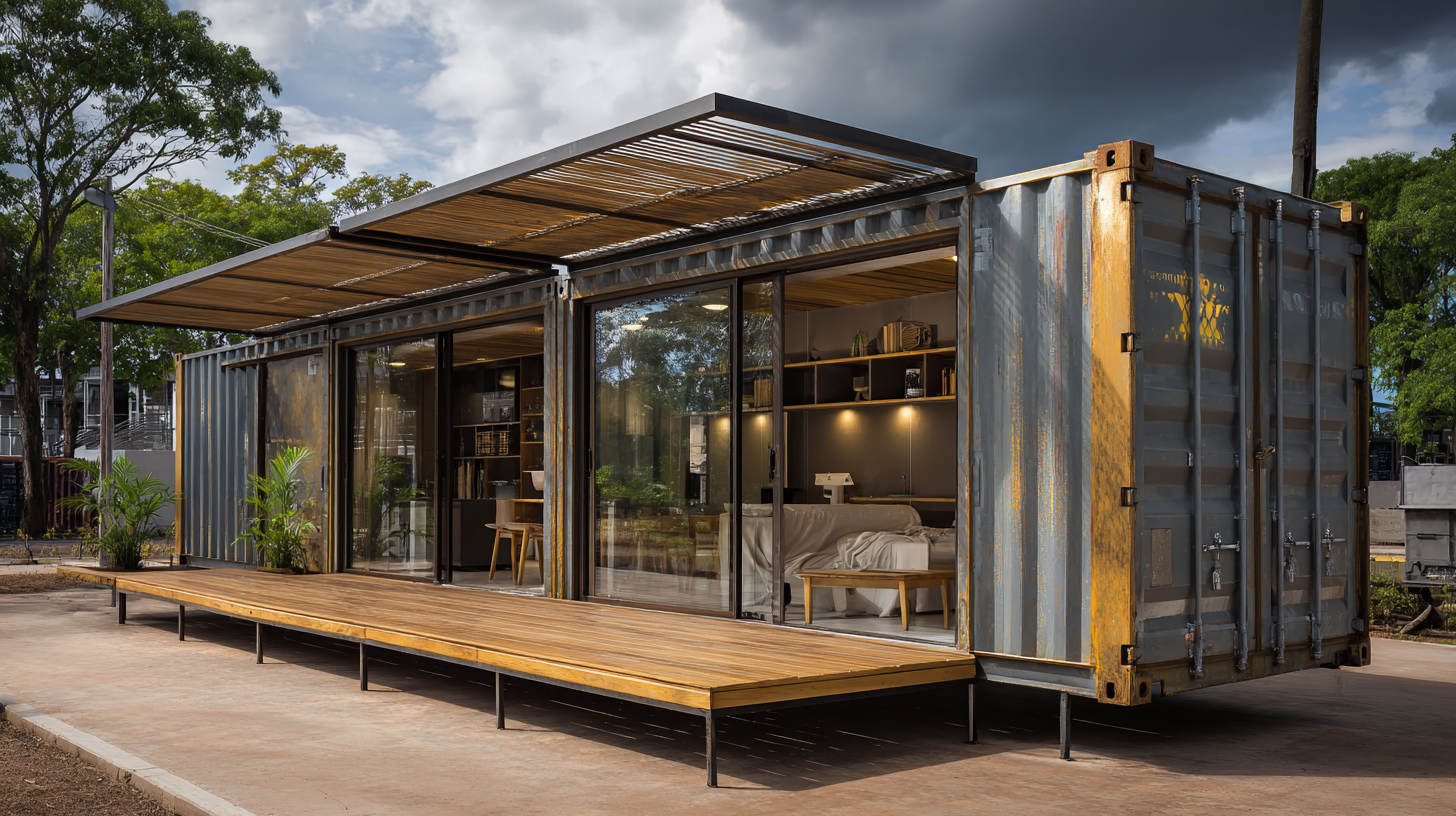
Future Prospects: Trends Shaping the Freight Container Housing Market
The concept of freight container homes is gaining traction as a sustainable living trend that resonates with eco-conscious individuals. As we look to the future, several trends are shaping the freight container housing market, including the adoption of innovative design techniques, the integration of solar energy solutions, and increased customization options. These elements not only enhance the aesthetic appeal of container homes but also contribute to their energy efficiency and sustainability.
Tips for designing your own freight container home include maximizing natural light by incorporating large windows and skylights, which can reduce reliance on artificial lighting. Additionally, consider using reclaimed materials for interior finishes to minimize waste and support sustainability efforts. Another important aspect is to invest in insulation and eco-friendly heating and cooling systems to ensure your home remains comfortable year-round.
As urban areas grow denser and housing prices soar, container homes offer a viable alternative that supports affordable living without compromising environmental values. The future of this housing solution looks promising, and with innovative designs and sustainable practices leading the way, freight container homes are set to become a staple in the eco-friendly housing market.
Sustainable Living Trends Revolutionizing Freight Container Homes for Eco Friendly Housing Solutions
| Trend | Description | Impact on Market | Future Prospects |
|---|---|---|---|
| Upcycling Materials | Using recycled and repurposed materials for insulation and finishes. | Increased consumer interest in sustainable and affordable housing. | Promising growth in eco-friendly building supplies market. |
| Energy Efficient Designs | Incorporating solar panels, green roofs, and energy-efficient appliances. | Reduction in home energy costs and carbon footprint. | Growth in demand for off-grid living solutions. |
| Community Living | Creating container home communities that foster shared resources. | Increased social sustainability and collective living. | Potential rise in the development of co-housing projects. |
| Modular Construction | Utilizing modular methods for faster and efficient building processes. | Decreased construction waste and shorter build times. | Increased investment in modular infrastructure and technology. |
| Smart Home Technology | Integrating IoT devices for efficient energy usage and security. | Enhanced living experience and lower operational costs. | Expected rise in demand for technology-enhanced homes. |
Related Posts
-
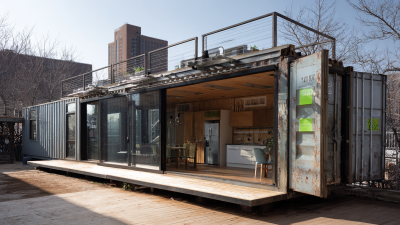
Transforming Shipping Containers into Sustainable Living Spaces: A 2023 Housing Solution
-

Transforming Sustainability: The Rise of Semi Container Homes in Eco-Friendly Living Trends
-
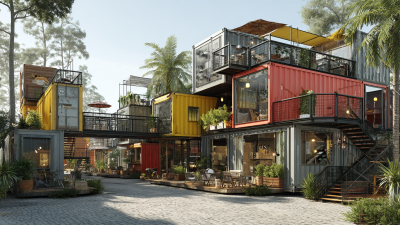
Transforming Everyday Life with Innovative Containers for Living Space
-

Transforming Urban Living: The Rise of Innovative Shipping Container Flats in Modern Architecture
-

Transforming Urban Living: Innovative Container Solutions for Modern Spaces
-
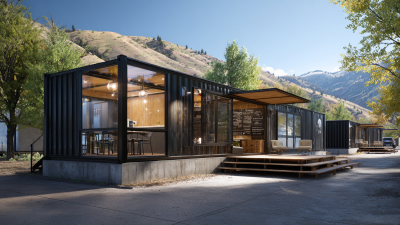
Exploring the Future of Modular Container Buildings: Sustainable Solutions for Modern Living

